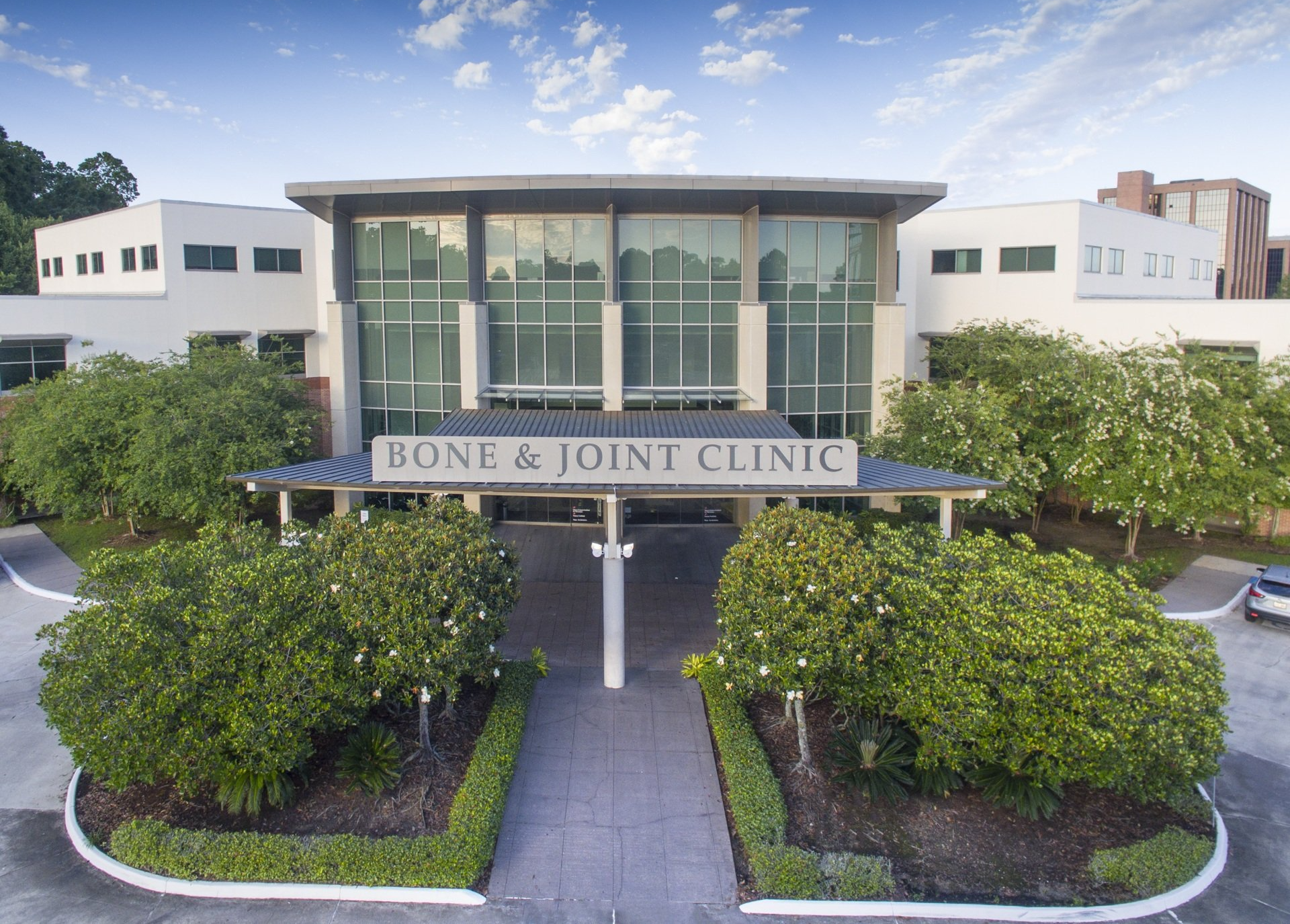Athletes are no strangers to injury. The hours of grueling work put in during practice and game play, along with the physical nature of many sports, leaves many athletes susceptible to both acute and chronic injuries. From head to toe, there aren’t many parts of the body that can’t be injured during athletic pursuits. In our Baton Rouge orthopedic clinic, sports medicine comprises a large portion of our work, and we’ve grown accustomed to seeing many of the same types of injuries repeatedly, including the following five:
Athletic Knee Injuries
The knee bears the brunt of many athletic activities, particularly those which require large amounts of running and jumping. Two of the most common knee injuries in sports are patellofemoral syndrome and ACL tears.
Patellofemoral syndrome is a pain in the front of the knee or around the kneecap area. It often occurs following overuse or a blow to the knee and is common in runners.
The ACL (anterior cruciate ligament) is a major stabilizing ligament in the knee, connecting the shin and thigh bones. Tears to the ACL often occur due to sudden movements such as pivoting, cutting, or following a forceful impact.
Athletic Shoulder Injuries
Most shoulder injuries come from damage to the ligaments, tendons, or cartilage that surrounds the ball and socket joint. In many cases, the shoulder may not suffer an acute injury, but is broken down by long-term repetitive motions.
Rotator cuff tears and tendonitis are among the most common cause of shoulder pain in athletes. Other common shoulder injuries include impingement syndrome and labrum tears.
Sprains and Strains in Sports
Sprains and strains are degrees of tearing that occur in soft tissue and range from microtears to complete tears. Immediate symptoms often include pain, swelling, the sound or sensation of a “pop” and loss of stability in the affected area. Common examples of these include ligament injuries in the knee (such as the ACL tears mentioned above) or in the ankle such as lateral ligament injuries.
Sciatica in Athletes
Sciatica is yet another example of a common overuse / repetitive motion injury. In the condition, the sciatic nerve becomes irritated or compressed, resulting in pain that can affect the lower back, buttock, and leg. While it can impact anyone, athletes whose sport requires frequent trunk rotation (like golf) or the foot to be in forward, flexed position (like cycling) are at a higher risk.
Shin Splints in Athletes
Shin Splints are all too familiar to runners or athletes whose sports require a great deal of running. Also referred to as tibial stress syndrome, shin splints cause pain in the front of the lower leg. A common culprit behind shin splints is a failure to properly pace one’s training. Jumping into a new activity or quickly increasing running distance are both likely contributors.
Treating Sports Injuries in Baton Rouge
Bone and Joint Clinic is home to the area’s most skilled sports medicine specialists. Our orthopedic physicians have an intimate knowledge of the human body, its structure, and the injuries or ailments that can impact it. Many are former athletes themselves! To get started with any one of our experienced doctors, click the button below.




